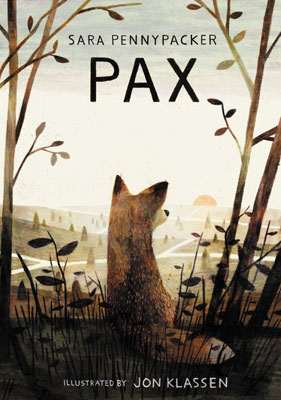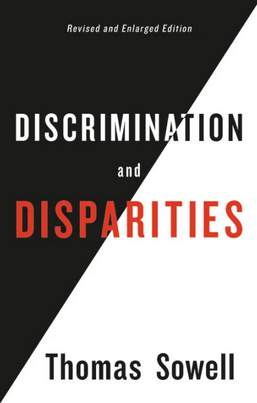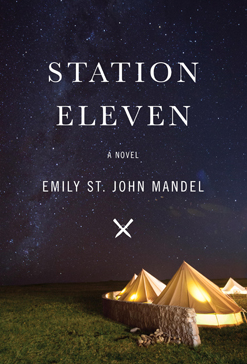by Chris Ervin
Chris asks the Office of Academic Support team: What one indispensable training activity or topic do your teams find most valuable, applicable to their work supporting their peers, surprisingly helpful, or otherwise remarkable? Why?
Sarah
One thing I’ve heard from Outreach Specialists that they find helpful for their workshop facilitation training is to intentionally practice different facilitation elements out loud: talking through the entire presentation out loud, talking through transitions between slides/topics out loud, talking through possible responses to prompts out loud and how they might validate and also connect what’s been shared back to the topic. Some folks also find it helpful to record their practice and to play the recording back. It can feel really different to think through slides/transitions versus speaking the words, and practicing what it might feel/sound like can help folks feel more prepared when they step into the live workshop environment.
Woodrós
Sharing the Stories of Our Names! At the first meeting, I give the homework of preparing a Name Story, which means people can research, ponder, etc. and choose what they might want to offer about their names. At the second meeting, I am prepared for this “warm up” activity to take the whole meeting (but prepare an agenda so there isn’t pressure). Sharing name stories makes space for culture and context that might not otherwise be shared and encourages care with one another’s names. (Check out this page for a classroom lesson plan and name alternatives.)
Anna
ASC Strategists share that they really love visiting campus partners to learn about their services and resources. Hearing about services directly from the folks who provide them has a much greater impact than anything I could have shared with them. By physically being in a space, Strategists can better describe to students what they can expect from a service and help students prepare for their visit. Even Strategists who have previously visited a particular center or resource share that they learn something new every time we visit, and it never gets old!
Clare
I often fall back on a listening exercise that I experienced in Paul Axtell training and adapted. It’s designed to disrupt our typical approach to listening and to encourage leaving silence in a conversation to let the other person steer the conversation. One person is given an open-ended prompt and 5 minutes to speak, and the other person is instructed to use silence, non-verbals, and the occasional one-word responses to practice deep listening. Then they switch, and we debrief. There is dissonance for both in the unnaturalness of the set-up, but it also helps participants experience what it’s like to have an open invitation to speak uninterrupted and see where their thinking leads them.
Marjorie
Laura Rendón’s Validation Theory describes validation as “an enabling, confirming and supportive process initiated by in- and out-of-class agents that fosters academic and interpersonal development.” Rendón emphasizes recognizing the strengths and abilities students bring to their college experiences and the value they contribute to the community. When we validate, we show our support and belief in students’ abilities to be successful. In trainings, we talk through what validation is, what it can look like in context (e.g., in a writing consultation, in office hours, in a classroom), and the importance and potential impact of validation within our work.
Chessie
An activity I’ve enjoyed facilitating is Francesca Helm’s Language Portrait. The activity asks group participants to draw a figure silhouette and then use different colors to indicate where and how language shows up in their bodies. This activity can be adapted to a variety of scenarios and contexts depending on desired outcome. For example, I’ve used it to focus on written language specifically, and I think it could be adapted to any held identity, concept, or form of expression. It creates a container for participants to discuss aspects of their identity, lived experiences, and positionality in relation to the given prompt. It works well as a community building activity with a new group, but it could also be used to deepen thinking around a topic with participants who already know each other.
William
The activity I’ve found most illustrative and engaging for a team has been a game, usually Dungeons & Dragons. Roleplaying has been my go-to for figuring out how people solve problems, where there are fault lines in a team, and where there is room for growth. Posing a radically fantastical problem, like trying to get off an airplane mid-flight before it passes a drop zone, can be enormously useful. In that example, one just jumped, risking life and limb on the guess that it’d probably work out. Another made a “glider” out of sheets. The other four took the time to find the parachutes. Getting a team to the stage where they are comfortable with a game is a separate discussion, but once there, knowing who will jump out of the plane, who will make a glider, and who will find the parachute is very helpful.
Adam
Student employees are seldom given the opportunity to assess their own understanding about inclusive facilitation and support practices, let alone in contexts where disclosing potential confusion or questions feels safe to do (e.g. scholarship or job applications). Yale’s Poorvu Center for Teaching and Learning has several excellent resources regarding inclusive teaching and support practices, including a list of common implicit biases held by students and teachers in learning contexts. This list is a great starting point for conversation with peer educators about which of these they have experienced and how that made them feel as a way to encourage greater care in their own work facilitating others’ learning.
Chris
I love Russ Harris’ ACT Mindfully values checklist, which is intended to help a person “identify . . . how you want to treat yourself, others and the world around you.” This activity asks us to identify core values as well as values we don’t hold so deeply and can be applied personally or within a work context. Completing this activity with student staff can shape our working relationships with them, as we can ask them to share their values with us and keep those values in mind as we offer feedback and engage in mentoring. For example, from the checklist an employee might select humor, creativity, and fun as “very important” and conformity (“to be respectful and obedient of rules and obligations”) as “not important.” Their values inventory can frame our feedback conversations: Knowing which values they hold, I might help the employee identify places where humor, creativity, and fun might contribute to community-building, for example, but also where humor or fun might need to be set aside during training meetings where we’re trying to get some serious work accomplished.






